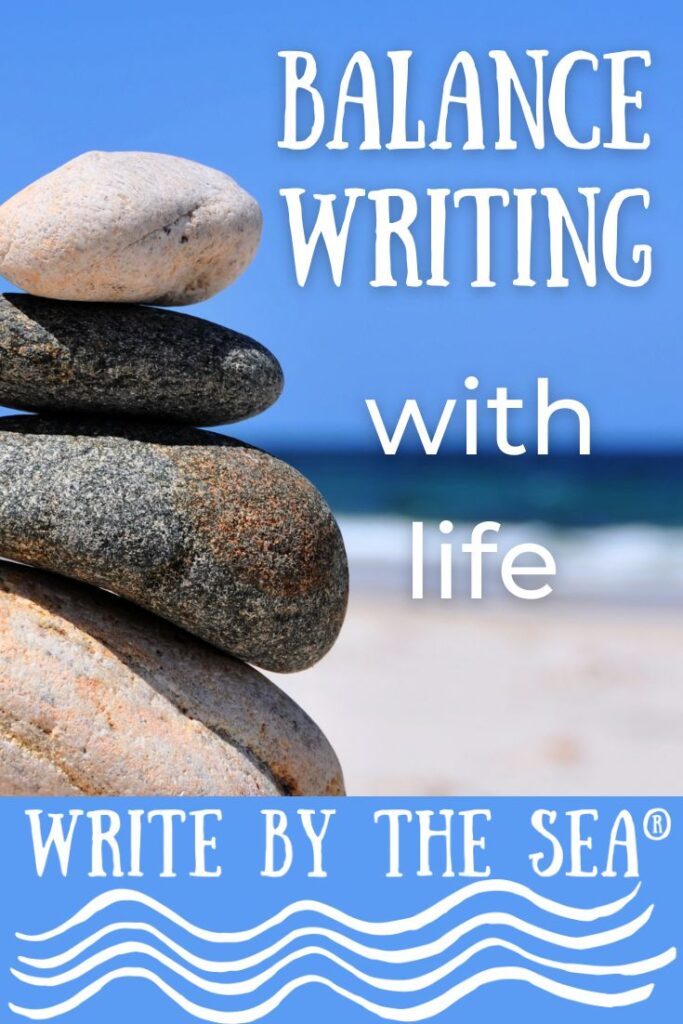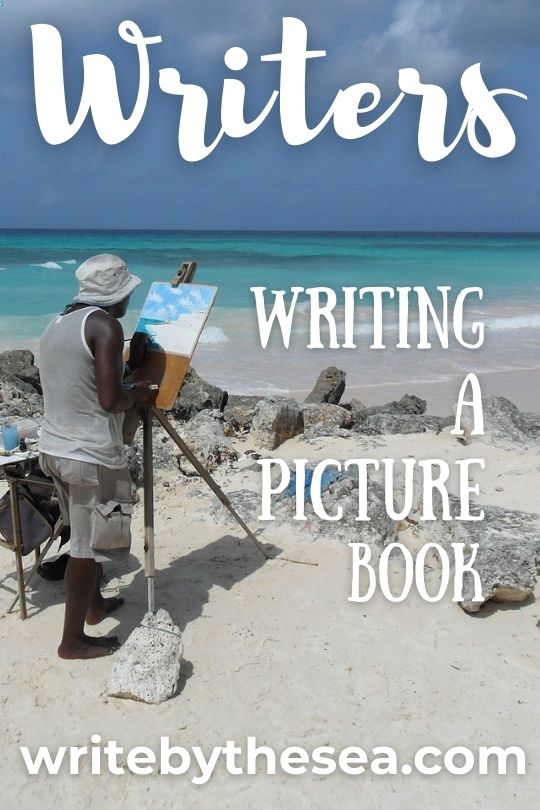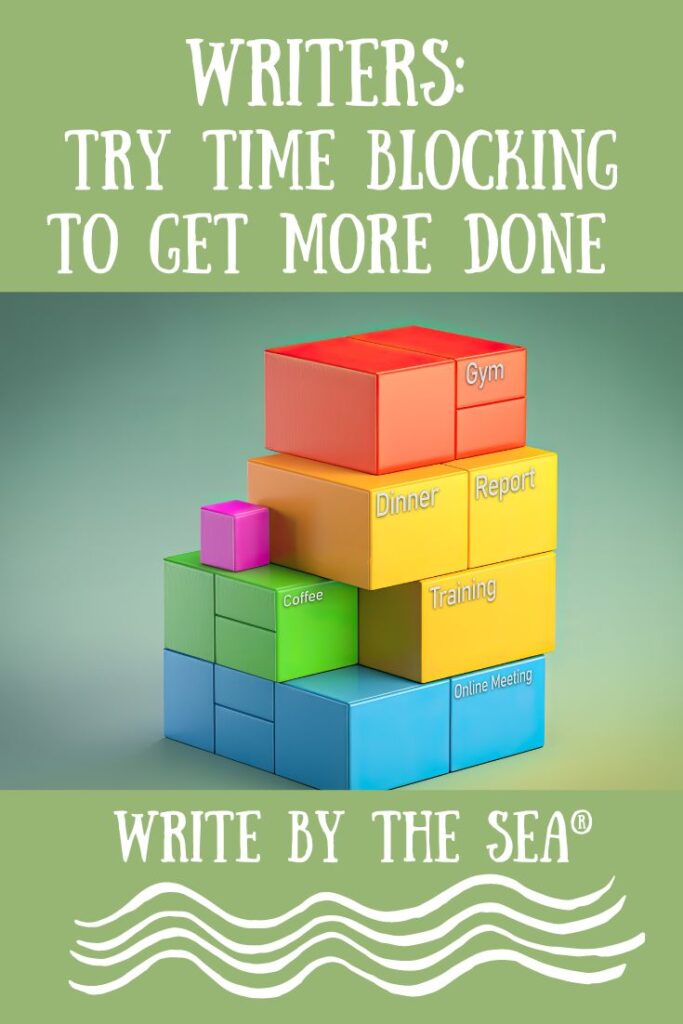Even though many children’s magazines and even children’s book publishers do not require a bibliography of sources, you as the author need to develop a system of tracking where your research is from.
Not only does this add credibility to your manuscript and build your skills as a professional writer, it saves a lot of heartache after the manuscript is published and a reader questions the validity or accuracy of something in your text.
When the editor calls, you’ll be able to trace the source of the item in question quickly and efficiently even though you’re working on a new and different project.
A general rule of thumb is that if you only use one source, it’s called plagiarism, but if you use three sources, it’s called research.
For each detail in your middle grade or young adult novel, and each fact in your nonfiction piece for kids, find at least three different resources that support it.
If you create a separate bibliography or list of sources for the children’s books, adult books, and Internet sites you use, an extra bonus is that at the end of your manuscript, you can include a list of books for students to read, a second list for teachers to use, and a third list of websites to explore.
In today’s market, many children’s publishers are adding these lists at the end of both magazine articles and books.
To create your bibliography of sources in the proper format, refer to the Chicago Manual of Style (these hefty volumes can usually be purchased for under $5.00 at a local university’s used bookstore).
If you’re working under contract for a deadline, check with your publisher to see which format they require.
As you’re using the Internet for research, make sure you print out the pages with the date you accessed the site, name of the site, and complete URL printed on each page.
Some browsers don’t automatically print out this information, but others, such as Safari, do.
Make sure your browser does, and it will save you a lot of headache when you’re creating your bibliography, especially since many publishers require all of that basic information when referencing an Internet source.
If you find you enjoy writing about a certain topic and are experiencing success getting published in that field, consider the benefits of specializing in that topic.
Many children’s publishers are eager to work with authors who specialize on a topic because they feel more confident that these authors know their subject well.
Start to build your very own research library of reference books that you use.
Likewise, build a corresponding bibliography so that when you’re writing a new manuscript on this topic, you don’t have to create a brand new bibliography from scratch.
You can simply copy and paste the reference for the specific books you used on that project into its bibliography at the end of the manuscript.

About Nancy I. Sanders
Nancy I. Sanders is a prolific children’s book author and also the author of the groundbreaking book for children’s writers, Yes! You Can Learn How to Write Children’s Books, Get Them Published, and Build a Successful Writing Career. Visit Nancy’s website at www.nancyisanders.com.



